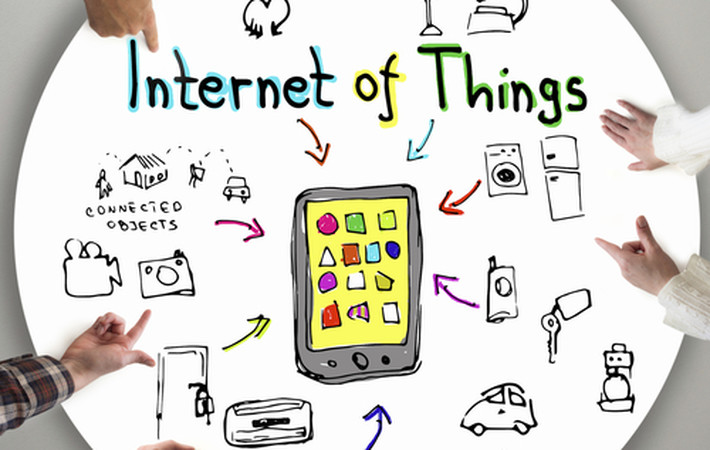
Published on 11/25/2016 | Technology
Are energy efficient telecommunication networks a vital part in building an IoT Eco System ? Can current telecommunication networks be enough to support the development of IoT Networks and devices ? So many open questions swirl around the notion of an Internet of Things (IoT) that electronic designers and their colleagues may wonder where and how to find traction in this emerging field.
It is likely that IoT will connect “things” via telecom networks, given the latter’s Vital role in enabling the Internet. Thus it is necessary for an electronic designer interested in IoT to keep pace with developments in the field of telecom networks and "Green" devices and the standards that support them. If everything will be connected, and devices need to "Talk" to each other - then the current devices and network requires to be energy efficient, cost effective and secure to carry out the E2E communications - and it doesn't seem as simple as it sounds. Let me get the facts straight.
For a complete IoT Ecosystem to work we may need :
User End : Compatible Energy Efficient Green Smart devices - that includes Smart Phones, Laptops, Tabs etc. - with advanced embedded security to avoid hacks and exploits as devices will be more vulnerable. Moore’s Law will play an Important Role.
IoT Servers/Gateways : Energy efficient Gateways and Servers compatible with the "To-be" telecommunication Networks and IoT applications and capable of smart data analysis with advanced routing protocols.
Telecommunication Networks : Energy efficient, xG networks, compatible with the IoT devices and applications.
Sensor Networks : Nanotechnology based, Intelligent, energy efficient sensors (Several applications) that may or may not drive its power from ambient energies and be able to "Talk" and make decision to other surrounding sensors and be able to transfer "Valuable Data" to the respective Gateways.
I tried to be as simple as possible in explaining the possible infrastructure of the IoT ecosystem, but each point has its own complex world. And the complexity involves Integrating both Software and Hardware in an advanced intelligent level. Another issue inherent to IoT is scale. IoT is all about scale. We still don’t quite know how to architect a network for a scale that’s bound to exceed the existing Internet by orders of magnitude. I’ve seen definitions of IoT to the effect that the Internet becomes the IoT when the number of things connected to it exceeds the number of people. If we start adding in lots of “things,” when every light bulb, corn stalk, and widget are networked, we’re talking about maybe trillions of nodes. So scale and scalability become critical challenges.
All verticals may not have the same needs for performance, reliability, manageability, energy consumption, cost, and security that will characterize an IoT network. Nor are those verticals and the companies that serve them likely to make the same decisions on the engineering trade-offs that will present themselves as IoT networks are built. The requirements for different verticals to which we might apply IoT are so different that it may not be sensible to create a single set of technologies that meet all those needs.
In short, IoT will efficiently work as a system only if we are able to embed Nanotechnology, Cyber Security, Telecommunications, Networking, Sensor Technologies, Intelligent Data Acquisition, Smart Intelligent devices etc. into one whole platform and succeed in making them work altogether. Thus, developing IoT -- whether an Internet of Things or Intranet of Things -- is a wide-open field. Those who get intimately involved today will be the pioneers of tomorrow.
This article was originally posted on LinkedIn.